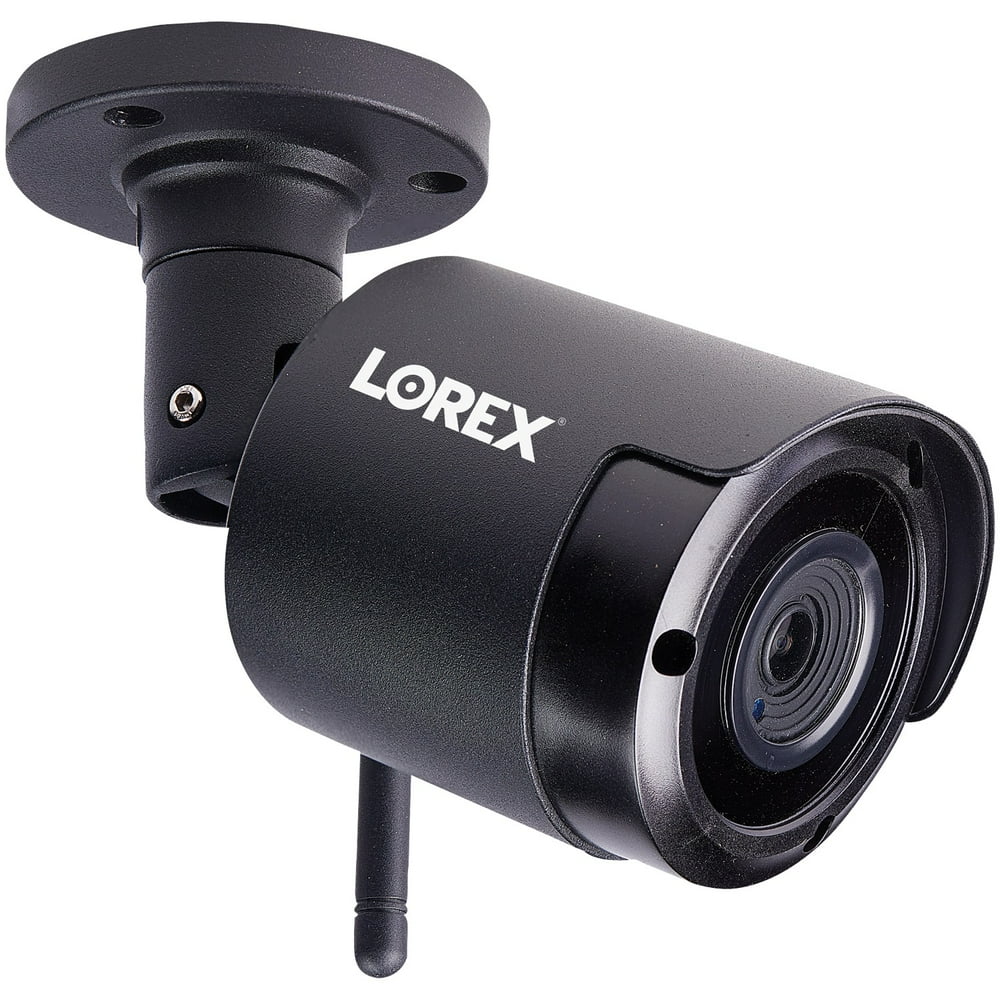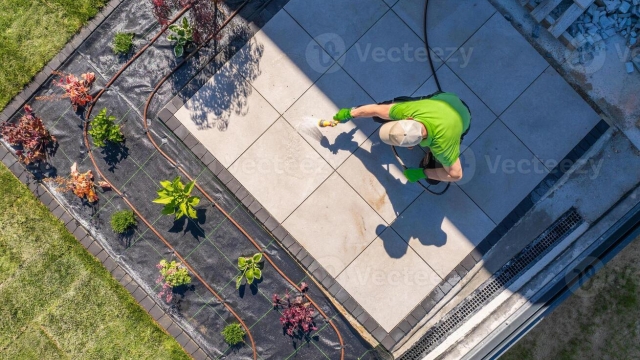
Surveillance Savvy: Unlocking the Secrets of Modern Security Cameras

In today’s world, security is more crucial than ever, and one of the most effective tools in safeguarding our homes and businesses is the security camera. These devices have evolved significantly over the years, transitioning from basic recording units to sophisticated systems equipped with advanced technology. With features like high-definition video, night vision, and motion detection, modern security cameras provide us with an essential layer of protection and peace of mind.
As we navigate through the complexities of modern life, understanding how to leverage these tools is essential. Whether you are considering installing a security camera for your property or simply want to learn about the latest innovations in surveillance technology, knowing the ins and outs of these devices can empower you to make informed decisions. From smart cameras that connect to your home network to professional-grade options utilized by businesses, the possibilities are vast, and the benefits undeniable.
Types of Security Cameras
When it comes to security cameras, there are several distinct types designed for various applications and environments. One common type is the dome camera, which is recognized for its discreet design and versatility. Dome cameras are often used in retail and commercial settings, as their shape makes it difficult for an intruder to determine where the camera is pointed. They can be equipped with various features like infrared night vision, making them effective for both day and night surveillance.
Another popular type is the bullet camera, known for its elongated shape and high visibility. Bullet cameras are typically used for outdoor surveillance due to their robust construction and ability to focus on a specific area. They often come with a weatherproof casing, making them suitable for various weather conditions. This type of camera is effective in monitoring specific zones, such as entrances and driveways, providing clear video imagery for property safety.
Finally, there are PTZ (pan-tilt-zoom) cameras, which allow for remote control operation. PTZ cameras can be moved to cover large areas and zoom in on details, making them highly effective for monitoring expansive spaces like parking lots or public areas. Their flexibility provides security operators with the ability to track moving subjects and adjust the camera’s focus dynamically, enhancing overall surveillance capabilities. Each of these camera types presents unique advantages that cater to specific security needs.
Key Features to Consider
When selecting a security camera, resolution is one of the most critical factors to look into. A higher resolution ensures that the footage captured is clear and detailed, making it easier to identify faces, license plates, or any important features. Options usually range from standard definition to 4K Ultra HD, with the latter offering the most clarity. If you want to monitor a large area or need to capture fine details, opting for a camera with superior resolution can make a significant difference in the effectiveness of your security system.
Sign Up
Another important aspect is field of view. Depending on your surveillance needs, you will want a camera with a wide field of view that can cover more ground. Some cameras have a fixed lens while others are equipped with varifocal lenses that allow you to adjust the view as necessary. Additionally, pan-tilt-zoom (PTZ) cameras enable remote control over the camera’s movement and zoom, giving you the flexibility to focus on specific areas as situations unfold. Evaluating the field of view relative to the area you want to monitor is essential for maximizing coverage.
Lastly, consider the camera’s connectivity options. Many modern security cameras can connect both wirelessly and through wired Internet, and having the choice of connectivity can be beneficial. Wi-Fi-enabled cameras often offer user-friendly mobile app support, allowing for real-time monitoring and notifications on your smartphone. Wired options might provide more stable connections and higher reliability. Assess your installation environment and choose a connectivity solution that aligns with your needs for both accessibility and dependability.
Best Practices for Installation
When installing a security camera, the first step is to carefully consider the placement of the camera. Ideal locations include entry points such as doors and windows, as well as areas with high foot traffic. It is crucial to position the camera at an angle that maximizes its field of view while avoiding obstructions such as trees or walls. The camera should be installed at a height that makes it difficult to tamper with but still provides a clear view of the area being monitored.
Next, ensure that the camera is securely mounted and properly powered. Use appropriate mounting hardware to avoid vibrations or movement that may blur the footage. If the camera requires a power source, consider either wiring it to an electrical outlet or using a powered PoE switch for network cameras. Double-check all connections and settings before finalizing the installation to guarantee the camera operates smoothly and consistently.
Finally, configure the camera settings to optimize performance. Adjust the resolution, frame rate, and motion detection parameters to suit your specific security needs. Regularly test the camera to ensure proper functioning and make any necessary adjustments for lighting conditions or seasonal changes in the environment. Keeping the camera’s firmware up to date is also important for maintaining security and accessing new features.



